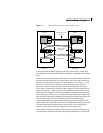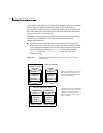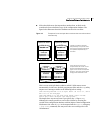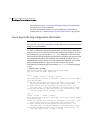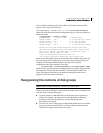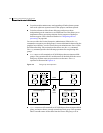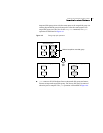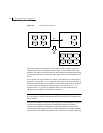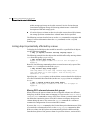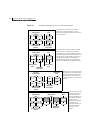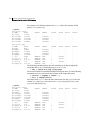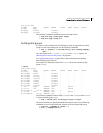
198 Creating and administering disk groups
Reorganizing the contents of disk groups
Figure 4-6 Disk group join operation
These operations are performed on VxVM objects such as disks or top-level
volumes, and include all component objects such as sub-volumes, plexes and
subdisks. The objects to be moved must be self-contained, meaning that the disks
that are moved must not contain any other objects that are not intended for the
move.
If you specify one or more disks to be moved, all VxVM objects on the disks are
moved. You can use the
-o expand option to ensure that vxdg moves all disks on
which the specified objects are configured. Care should be taken when doing this
as the result may not always be what you expect. You can use the
listmove
operation with
vxdg to help you establish what is the self-contained set of
objects that corresponds to a specified set of objects.
Caution: Before moving volumes between disk groups, stop all applications that
are accessing the volumes, and unmount all file systems that are configured on
these volumes.
If the system crashes or a hardware subsystem fails, VxVM attempts to complete
or reverse an incomplete disk group reconfiguration when the system is
restarted or the hardware subsystem is repaired, depending on how far the
reconfiguration had progressed. If one of the disk groups is no longer available
because it has been imported by another host or because it no longer exists, you
Source disk group Target disk group
join
Target disk group
After
join




